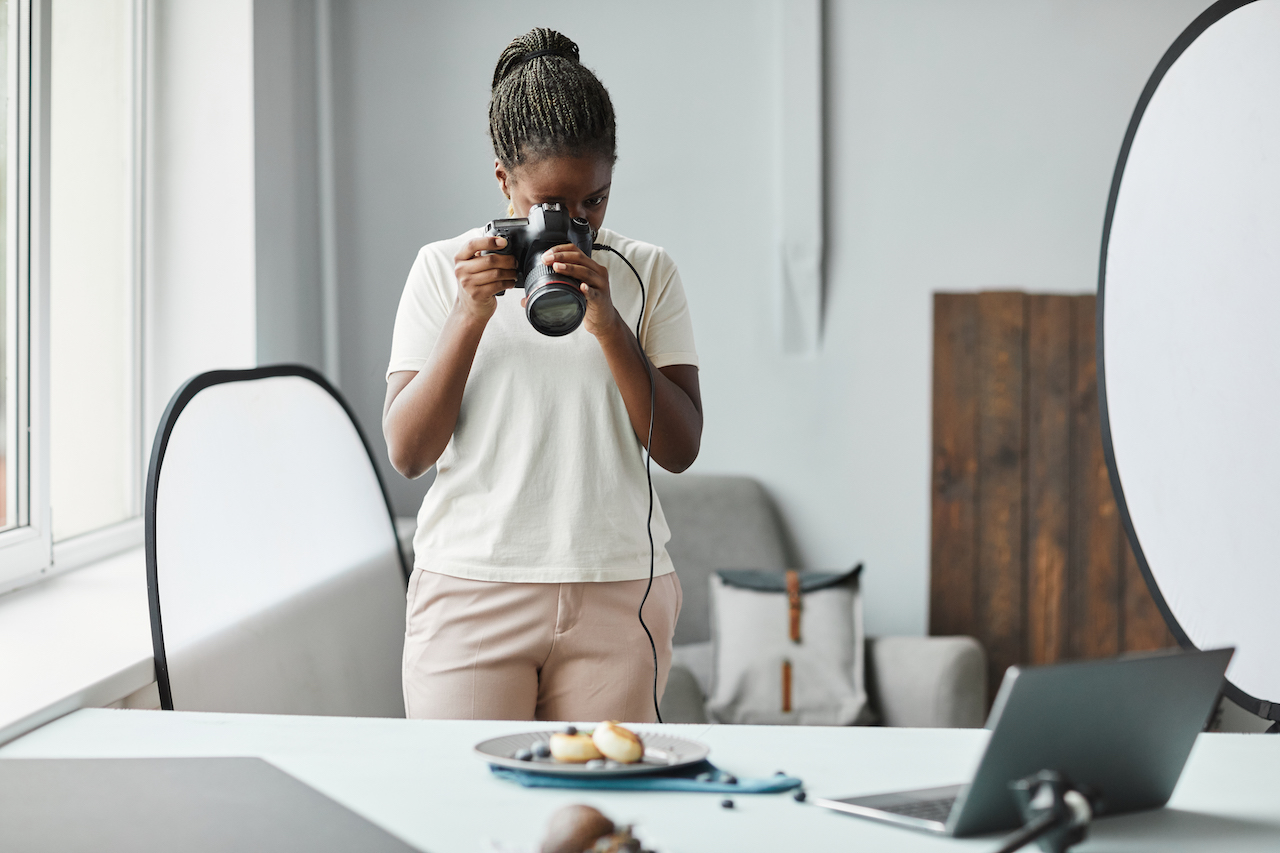We published a detailed guide to starting a photography business. Our guide covered many of the essential aspects of setting yourself up as a photographer, from writing a business plan, to registering your business, to finding your first clients.
You can read our guide to starting a photography business to find out more.
Our guide also discussed how small business insurance can cover you for many of the risks associated with your photography work.
However, while business insurance provides an essential safety net, prevention is always better than a cure. So in this post, we’ll explore one very important thing you can do to make it less likely that you’ll ever have to make a claim on your business insurance policy: Get consent from your subjects in advance concerning how and when you’ll use their photos.

What is a Photo Consent Form?
A photo consent form essentially confirms that any individuals featured in a photo are happy for the photo to be used in a wider context – such as for promotional purposes.
If you’re a professional photographer, the photos you take can form your portfolio. This will help you demonstrate your skills to potential customers, which will help you build your business through finding new clients.
Who Needs to Sign a Photo Consent Form?
Any individuals featured in your photos will need to consent for you to use their images for these promotional purposes. If you want to include any images of children or young people in your portfolio, their parents or guardians will have to consent on their behalf.
If you’re photographing an event, such as a wedding, you might have implied consent to photograph anyone involved, so long as it’s only for a private photo gallery. But once again, if you intend to use any of the event photos as part of your portfolio, you will need to ask for consent.
You’ll also need consent if you want to use your photos for other purposes, such as to sell them to a publication, or to use them as stock photography.
What Should I Include In My Photo Consent Form?
Your photo consent form should contain:
- Your name and address
- The name and address of whichever individual is giving consent for their photo to be distributed
- A description of the photos in question.
- Some details about how you intend to use the photo (i.e. for promotional purposes).
- The option for the individual in the photo to revoke their consent for you to use the photo at any time, with details on how they might revoke their consent.
- Your signature, and the signature of whoever’s giving their consent.
A photo consent form for children and young people will have different wording, as in this case the parent or guardian will be giving their consent on behalf of their child.
You’ll find many good photo consent form templates online.
What is a Model Release Form?
A model release form is essentially the same as a photo consent form, in that it confirms that an individual agrees that you can use their photo for certain purposes. The difference is that model release forms apply exclusively to the world of commercial photography, for things like fashion shoots and promotional shoots.
Who Needs to Sign a Model Release Form?
Think of a model release form as a contract between a professional model and a professional photographer. It allows the photographer to either use their photos in their own promotional materials, to sell them to a publication, or to licence them for commercial use.
What Should I Include In My Model Release Form?
A model release form will look broadly similar to a photo release form, in that it will put it in writing that the model agrees for their image to be used in certain ways. However, a model release form might have several specialist clauses depending on the industry you’re working in:
- Digital manipulation clause – The model may consent for their image to be photoshopped, or they may not. It’s important to clarify this, to avoid any potential claims further down the line.
- Sensitive use clause – The model might not consent for their image to be used in certain contexts. For example, through licensing arrangements, a model might become “the face” of a cause they don’t necessarily agree with. In this case, they may make take legal action against you, claiming that they lost work as a result of your photo. A sensitive use clause in a model release form can help protect you from such claims.
As professional photoshoots can be expensive, it’s good to ensure everyone’s on the same page before the shoot begins. As a result, you should always sort out your model release forms before the shoot begins.
Additional Support For Professional Photographers
Consent forms and release forms can protect you if a client ever takes legal action against you. But for total peace of mind, get legal expense insurance to cover all of your legal fees in the event of a claim.
At Tapoly, we can give you legal cover as part of a bespoke insurance package that can also cover your equipment, your studio, and even yourself, for personal injuries. Our cover start at just 35p a day, and you can get a free quote online in minutes.
Head here to learn more about our tailored insurance cover for freelance photographers.
If you have any questions, or you’d like to discuss your options, contact the Tapoly team on info@tapoly.com. You can also call our helpline on +44(0)2078 460 108, or you can try our chat on our website.

